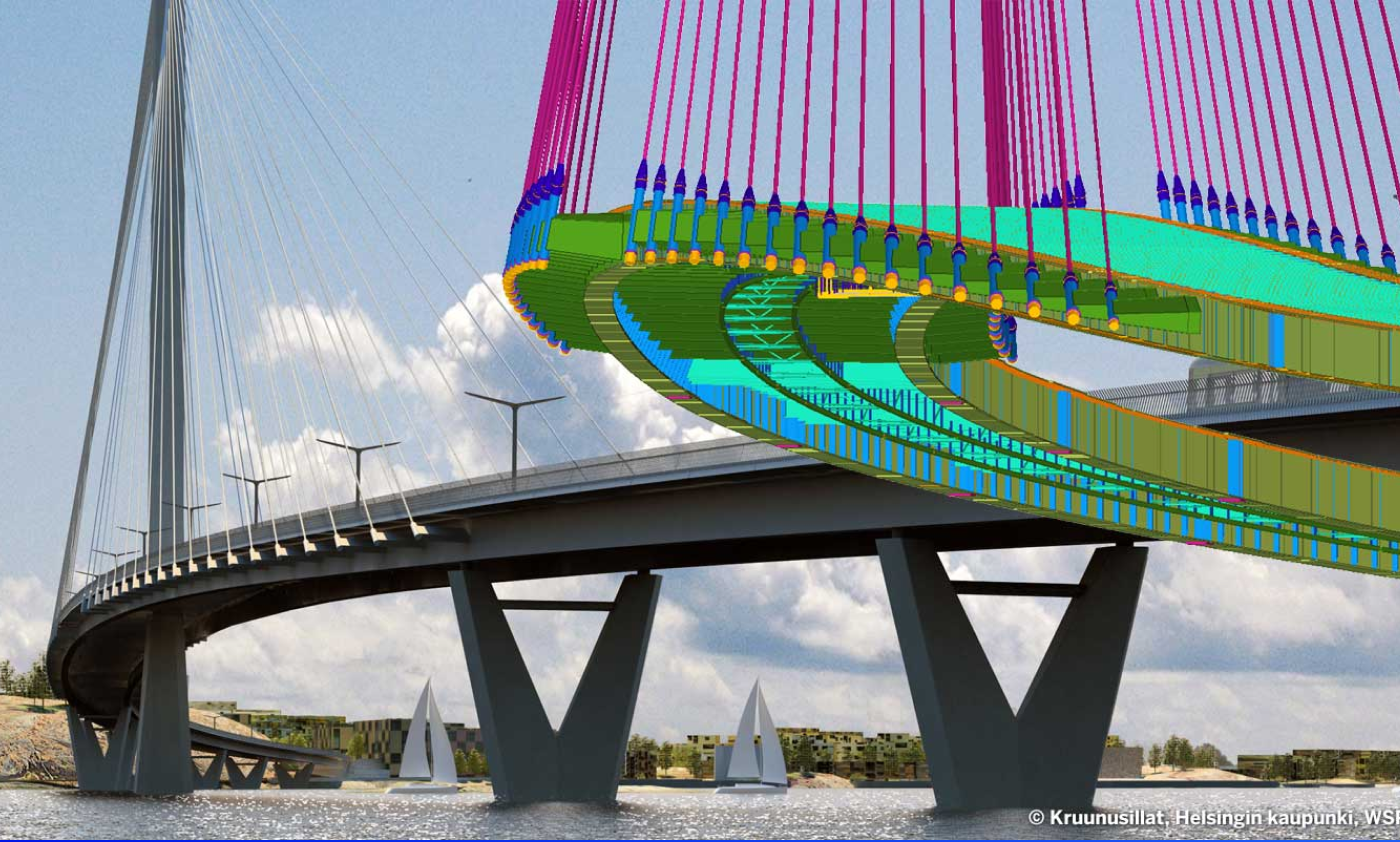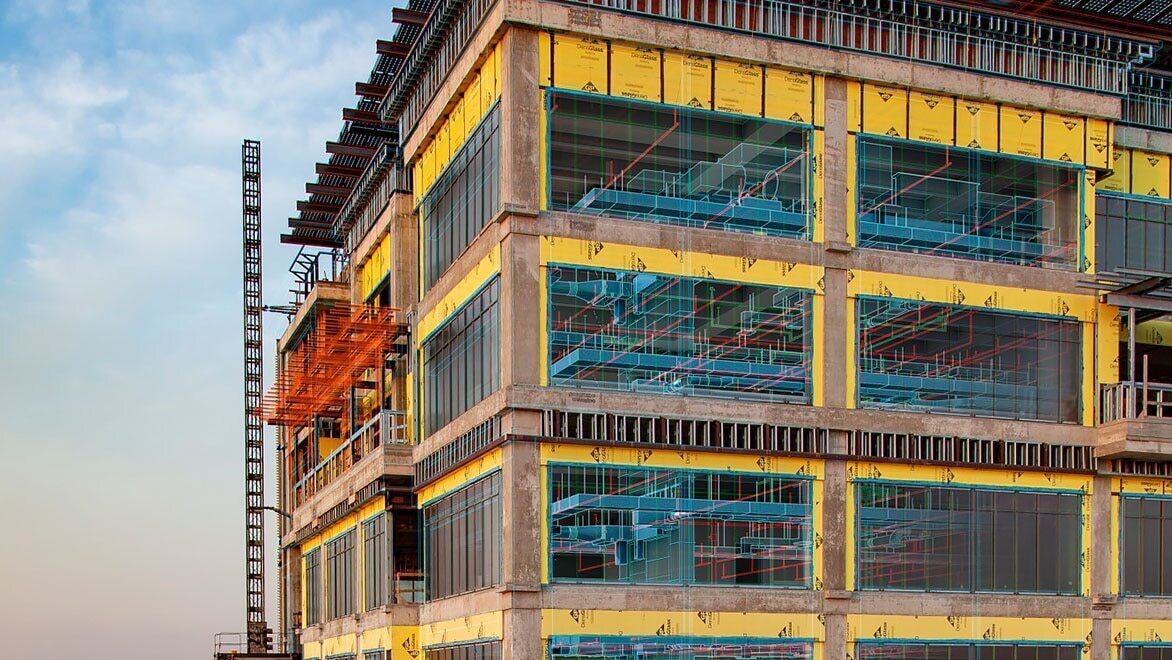
The construction industry has to always keep pace with the ‘developments’ around the world (pun intended?). Be it climate change, climate adaptation, sustainable living, or technological Advancements like AR/VR or the Metaverse, Unmanned Aerial Vehicles (UAVs)...they are bringing in new ‘ground-breaking’ innovations in Architecture, Engineering and Construction (AEC) Industry.
Here are the top 5 emerging trends in Civil Engineering.
1. Multi-disciplinary Collaboration with BIM
The AEC industry often involves so many disciplines in a single project that it is difficult to keep track. Civil Engineers, Architects, MEP Consultants, HVAC Consultants, Contractors, Subcontractors, Clients…finding efficient systems that help in the collaboration of these disciplines becomes a project in itself.

By adopting the latest technology, the construction industry is eradicating this problem. With the use of advanced building construction technology such as Building Information Modelling (BIM), cloud collaboration across various disciplines and updates in real-time on the various changes and improvements in the design is now possible. From conception to completion, and further to the operations stage, all the information regarding the project can be stored in the form of a collaborative virtual model using BIM.
2. Extending our Realities- AR and VR
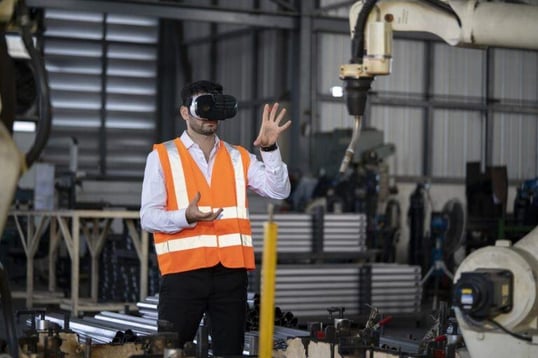
Another emerging trend in Civil Engineering and construction is being induced using Augmented and Virtual Reality (AR/VR). AR is essentially about viewing an imaginative world through a lens. The use of AR allows for planning and plotting sites even before breaking ground (for real this time). VR is about creating and accessing the virtual world through immersive technology.
Imagine this: You create a detailed model of your project using BIM software, and you show it to your clients using VR! Now they can walk around the entire project and check everything for themselves before construction even begins!
3. Use of Advanced Materials
With constant innovation in technology and construction techniques, and the evident climate change and global warming around the world, it is only natural that new materials are being developed. Many of these have already started to be widely adopted across the construction industry.
One of the best emerging trends in Civil Engineering is the recycling of materials that are hard to dispose of to be used as construction materials. Plastics are being incorporated into roadways and 3D printed projects. Carbon Dioxide (CO2) that is obtained as a by-product of various industrial processes is being injected into concrete during ‘curing’, mixing with other chemicals and forming nanoparticles of limestone imparting to it a great compressive strength.

Self-healing concrete is another result of innovation in civil engineering and construction. It gets its ‘self-healing’ properties from calcite-precipitating bacteria, which germinate whenever water enters the cracks in decaying concrete to ‘fill the gaps.’

And that is not even the gist of it. From kinetic paving, that generates electricity from footsteps, 4D-printed structures that are capable of reshaping or self-assembling over time, to smog-eating buildings that are coated in photo-catalytic titanium dioxide that neutralises air pollutants by reacting with light...the list goes on, and on.
4. The Fab. Prefab. (and 3D-Printing)
It is not just the off-site work which is experiencing changes and new ways of doing things. New technology and techniques are making their way to the construction site as well.
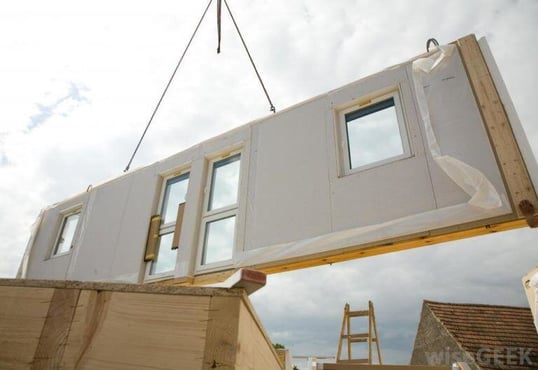
The scope of prefabrication has increased tremendously in the last decade. Especially with the time saved by using BIM during the conception and detailing phase of a project, the various stakeholders ideate over the material alternatives and scope of prefabrication in the project.
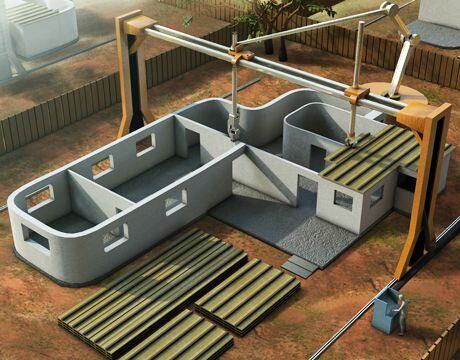
Another interesting emerging trend in civil engineering is the latest construction technology of 3D Printing. With innovations in techniques and materials, 3D Printed structures are well on their way to becoming one of the cheapest and quickest methods of construction.
5. Machine Interventions - Reducing the ‘workload’
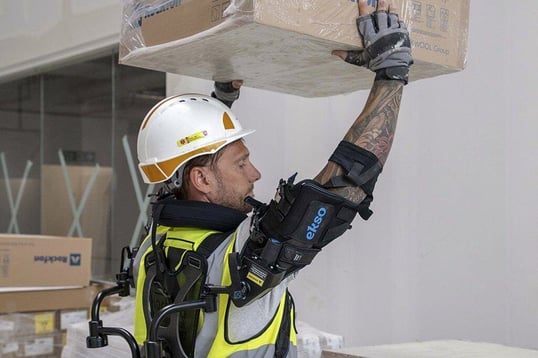
Using Exoskeletons on construction site (Source: www.dreamcivil.com)
The use of machines such as robots and exoskeletons is another emerging trend in civil engineering. Not only do they resolve mundane tasks with ease, but they also help increase safety and autonomy on-site during construction.
Exoskeletons are ‘suits’ worn by construction workers on site, to help and/or improve their mobility and workability. Using exoskeletons prevents injuries caused by manually handling things and from hand-arm vibration.
Comparatively, Robots completely remove the need for the involvement of workers in certain tasks. Robots are helpful in automating highly repetitive tasks like brick-laying and tying rebar.
6. Building Sustainably
Along with the use of sustainable materials and adopting better construction methods on-site, the recent trends in civil engineering are focusing on sustainable buildings.
The use of smart materials embedded in buildings powered by intelligent electric grids is creating a system of construction that is leading the way to creating more energy-efficient housing. The use of innovative ideas like double-skin facades, PV panels etc. is also adding to this. Efficient spatial planning is also in focus. In fact, considerations of building sustainability are an integral part of the Building Information Modelling system.
7. Smart Designs
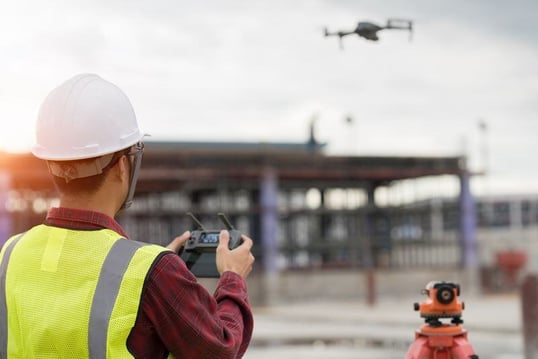
The surveys and inquiries are being carried out using Unmanned Aerial Vehicles (UAVs) or Drones, the use of Artificial Intelligence (AI) and Machine learning during construction are helping to improve productivity, safety and quality of construction.
The Internet of Things (IoT) is another innovation in civil engineering bringing together a network of structures like smart housing societies that function through detection sensors and energy-efficient methodologies while calculating and analysing their performance for even further improvement in the future. The Data Ecosystem created through such systems is helping in a better demographic and technical analytics of many neighbourhoods.
In today’s day and age, with innovation and technology driving everything and changing at a rapid pace, it becomes crucial to keep up with the latest construction technology and its implication for the industry. The academic curriculum is often outdated or lacks enough exposure to such new technology in civil engineering and other relevant fields.
Since these trends yield quick results and economic benefits for all stakeholders, employees with a knowledge of such technologies often get to see better career options and faster career growth. Did you know that employees in BIM roles earn up to 40% higher salaries?
Want to learn more about BIM? Check out our Comprehensive BIM Guide and the Resources page for more industry and career insights.
Was this content helpful to you








